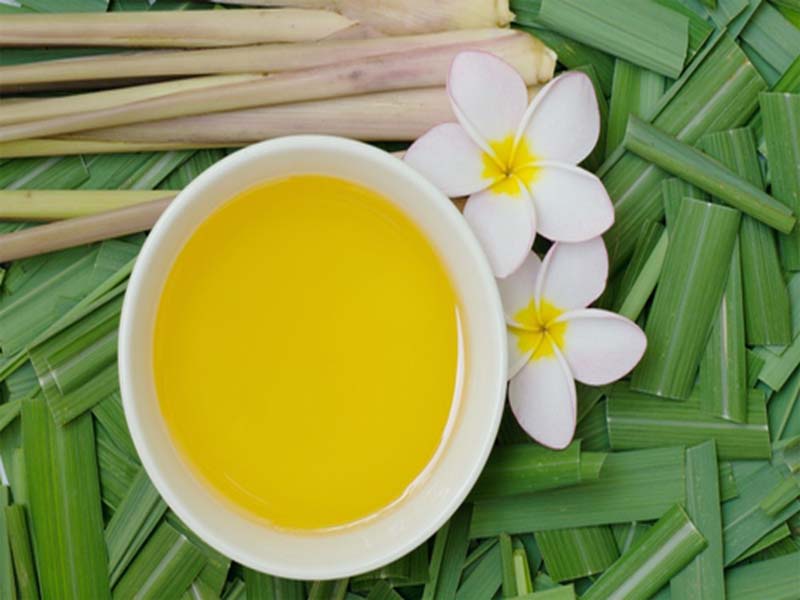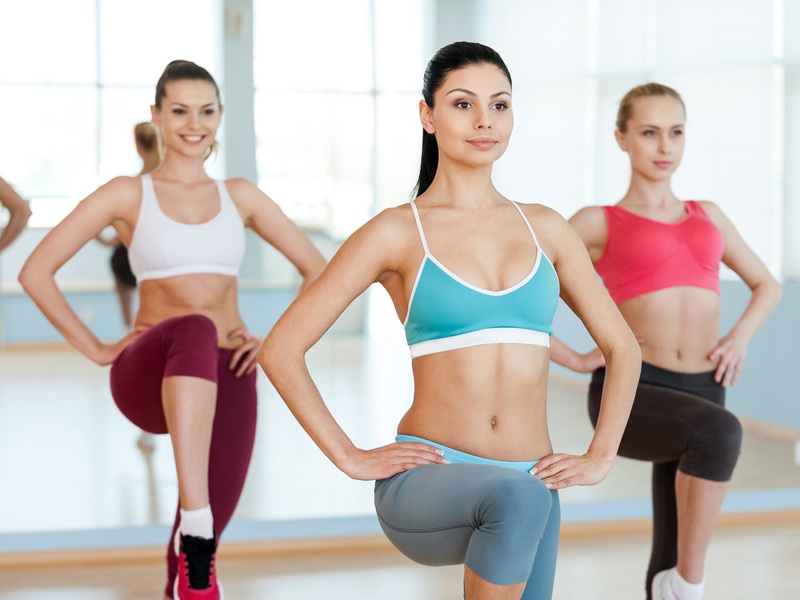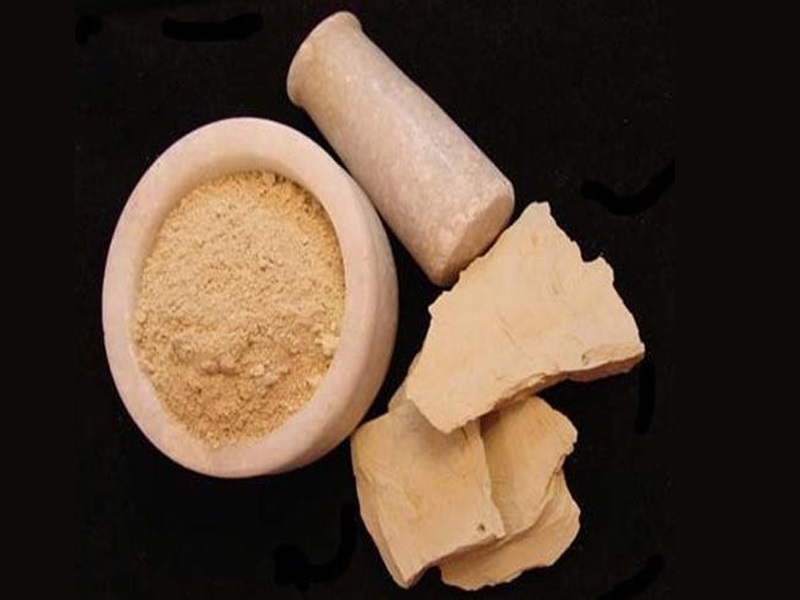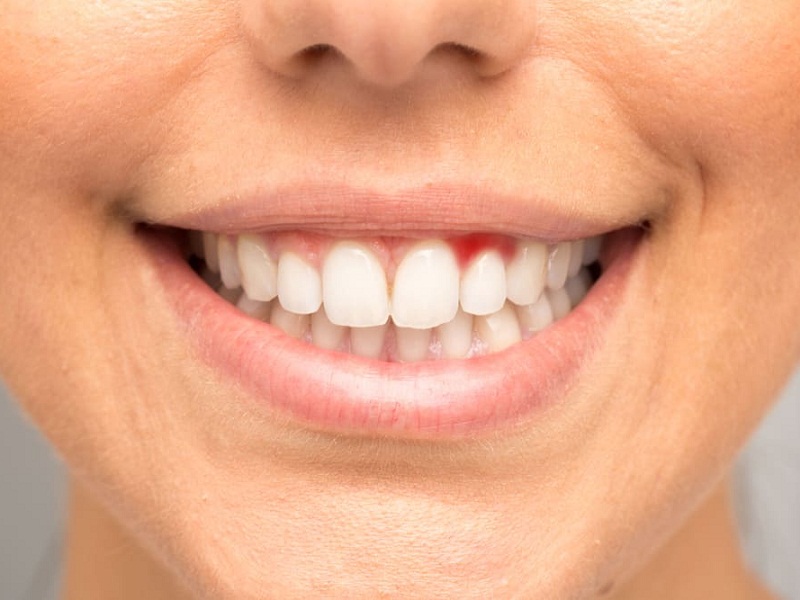Ashtanga Yoga Poses and Benefits
There are different forms of yoga and Ashtanga Yoga is one among them. Ashtanga Yoga is one of the most ancient forms of yoga.

The term “Ashtanga” means eight limbs. Hence “ashtanga yoga” focuses on purifying the individuals mind through eight (meaning asht) steps. This is the basis of almost all schools and branches of yoga. One cannot proceed to the next step without mastering the preceding the step. The eight steps of Ashtanga are listed below:
- Control – yama
- Rules of conduct – niyama
- Poses – asanas
- Breath control – pranayama
- Withdrawal of sensory perceptions – pratyahara
- Concentration – dharana
- Uninterrupted meditation – dhyana
- Complete equilibirium – Samadhi
From this we can conclude that Ashtanga yoga refers neither to the asanas nor the order of the asanas. The term also has nothing to do with any series as well. The purpose of this yoga is to embody the eight limbs of yoga, mentioned above into the yoga sutras of Patanjali’s. Ashtanga yoga has its influence in most of the forms of yoga being taught today.
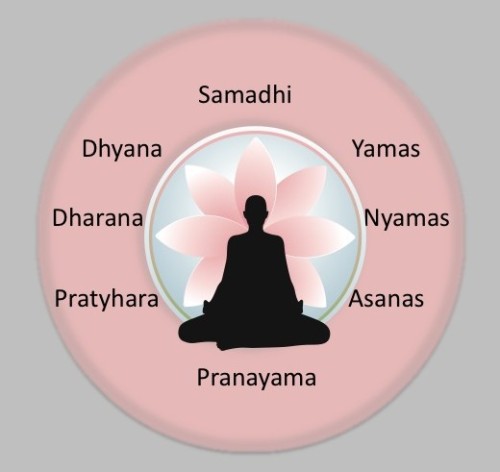
History:
Ashtanga yoga is an ancient manuscript recorded in the Yoga Korunta by sage Vamana Rishi. It is believed that during the 1900s, this text was bestowed upon Sri T. Krishnamacharya by Guru Rama Mohan Brahmachari. This text was later, handed down to Pattabhi Jois, while he was being tutored by Krishnamachraya, starting in 1927. The text is said to contain information on various asanas, and also the original teachings on Vinyasa, Bandhas, Drishti, Mudras and Philosophy. Since 1948, Pattabhi Jois has been teaching Ashtanga yoga at his Yoga Shala called “Ashtanga Yoga Research Institute”. His teachings are in accordance with the tradition of teacher-discipline succession.
Practice:
The yoga is very demanding physical practice. The aim of modern Ashtanga yoga is to channel the hyperactive minds of individuals to the restive bodies. In order to perform the asanas of Ashatanga yoga perfectly, one must incorporate the use of Vinyasa and Tristhana.

















